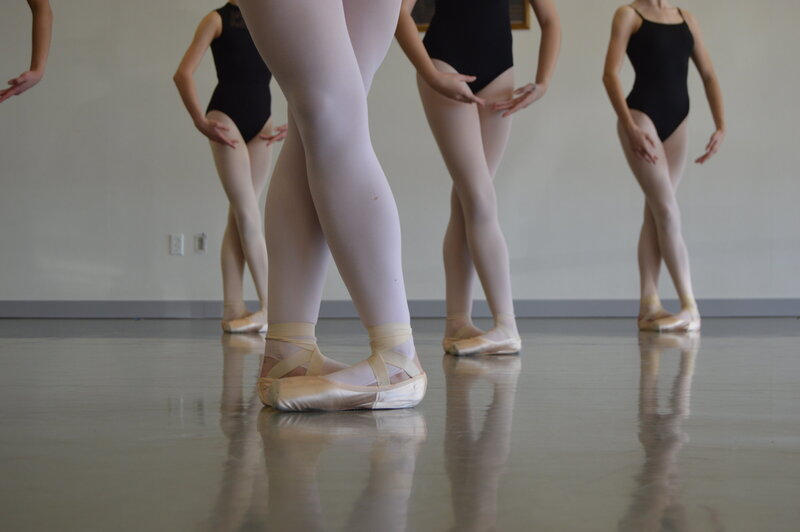Whether it’s the grace of ballet, the energy of hip-hop, or the expressiveness of contemporary dance, one thing remains constant. Dancewear plays a key role in every routine. The right dance clothes aren’t just about looking stylish; they directly impact performance, comfort, and even confidence on the dance floor.
From leotards that allow for fluid movements to properly fitted shoes that provide the necessary support, dance outfits are designed to help dancers move freely, execute steps with precision, and feel their best. Let’s take a closer look at why dancewear matters and how it enhances every leap, turn, and pirouette.
1. The Role of Dance Outfits in Performance
Freedom of Movement
Dancers rely on their bodies to tell a story, and restrictive clothing can hinder their ability to move with ease. Well-designed girls dancewear allows for maximum flexibility, whether it’s a stretchable leotard for ballet, loose joggers for hip-hop, or moisture-wicking leggings for contemporary dance.
Ballet dancers, for instance, wear fitted leotards and tights so instructors can assess their posture and alignment. Meanwhile, hip-hop dancers opt for relaxed clothing to facilitate quick, high-energy movements. In every case, the right dance clothes help dancers perform at their best.
Boosting Confidence on the Dance Floor
There’s something empowering about slipping into a well-fitted dance outfit—it sets the tone for a great session. When dancers feel comfortable in their attire, they focus less on adjusting their clothes and more on their technique.
Imagine a dancer trying to execute a flawless spin but constantly pulling up loose-fitting leggings. Distracting, right? Proper dance clothes eliminate unnecessary distractions, allowing dancers to concentrate on their artistry and technique.
2. Preventing Injuries with the Right Dancewear
Support and Stability
Dancing is physically demanding, and without the right girls dancewear, injuries can occur. Shoes, in particular, are essential parts of any dance ensemble. Ballet slippers provide arch support, jazz shoes ensure smooth gliding, and hip-hop trainers offer shock absorption for high-impact moves.
Similarly, snug yet flexible clothing prevents wardrobe malfunctions that could lead to trips or falls. A leotard that fits correctly won’t ride up during a grand jeté, and leggings with a secure waistband will stay in place during a high kick.
Regulating Body Temperature
Sweating is inevitable in dance, but overheating can lead to fatigue and dehydration. That’s why breathable, moisture-wicking fabrics are a must. Lightweight materials help keep the body cool, while warm-up gear, like leg warmers and shrugs, ensures muscles stay warm before and after practice.
Dancers should always choose dance clothes made from high-performance fabrics that allow their skin to breathe while keeping them comfortable throughout rehearsals.
3. Dance Attire Types for Different Dance Styles
Every dance style has unique outfit requirements. Let’s break down the essentials for some of the most popular styles:
Ballet
Ballet outfits are all about elegance and precision. A typical ballet ensemble includes:
- A well-fitted leotard (often in classic colours like pink, black, or navy).
- Tights to ensure smooth leg lines and muscle support.
- Ballet slippers or pointe shoes, depending on the dancer’s level.
- A wrap skirt or tutu for performances.
These pieces allow for full movement while highlighting body alignment—an essential aspect of ballet training.
Jazz and Contemporary Dance
Both jazz and contemporary dance require dance clothes that offer flexibility and freedom. Dancers typically wear:
- Leotards or fitted tops for unrestricted movement.
- Jazz pants, leggings, or shorts.
- Jazz shoes or foot thongs for better grip and control.
While jazz outfits are sleek and form-fitting, contemporary dancers often opt for flowy skirts or asymmetrical tops to enhance expressive movements.
Hip-Hop Dancewear
Hip-hop dancers have the most relaxed dress code, but comfort and mobility remain top priorities. Their outfits usually include:
- Loose joggers, harem pants, or leggings.
- Oversized T-shirts or hoodies for a street-style look.
- High-top sneakers with proper cushioning to absorb impact.
The baggier style isn’t just about fashion—it helps dancers execute fast-paced, high-energy movements without feeling restricted.
4. Dancewear Maintenance Tips
Quality girls dancewear is an investment, and taking care of it properly ensures it lasts longer. Here are some essential tips:
Washing Dance Clothes the Right Way
- Always check care labels before washing.
- Hand-wash delicate items like leotards and tights to prevent fabric damage.
- Use mild detergents and cold water to maintain elasticity and colour.
- Avoid using fabric softener, as it can reduce the moisture-wicking properties of dancewear.
Proper Storage for Longevity
- Store dance shoes in a breathable bag to prevent odour buildup.
- Hang leotards and skirts to maintain their shape.
- Keep tights in a separate compartment to avoid snags or runs.
Spot-Check for Wear and Tear
Dancers should regularly inspect their outfits for any loose seams, stretched elastics, or worn-out shoes. Addressing these issues early prevents wardrobe malfunctions during practice or performances.
Conclusion
Dance clothes are more than just an outfit—it’s a dancer’s second skin. Whether it’s a ballet leotard that enhances posture, jazz shoes that improve footwork, or breathable hip-hop gear that allows for dynamic moves, proper dance clothes make all the difference.
By ensuring freedom of movement, preventing injuries, and boosting confidence, well-chosen dancewear enhances every step, turn, and jump. And with the right care, these pieces will support dancers through countless rehearsals and performances.
So, whether you’re shopping for a budding ballerina, a fierce hip-hop dancer, or a graceful contemporary artist, dancewear isn’t just about looking good. It’s about feeling great and performing at your very best!